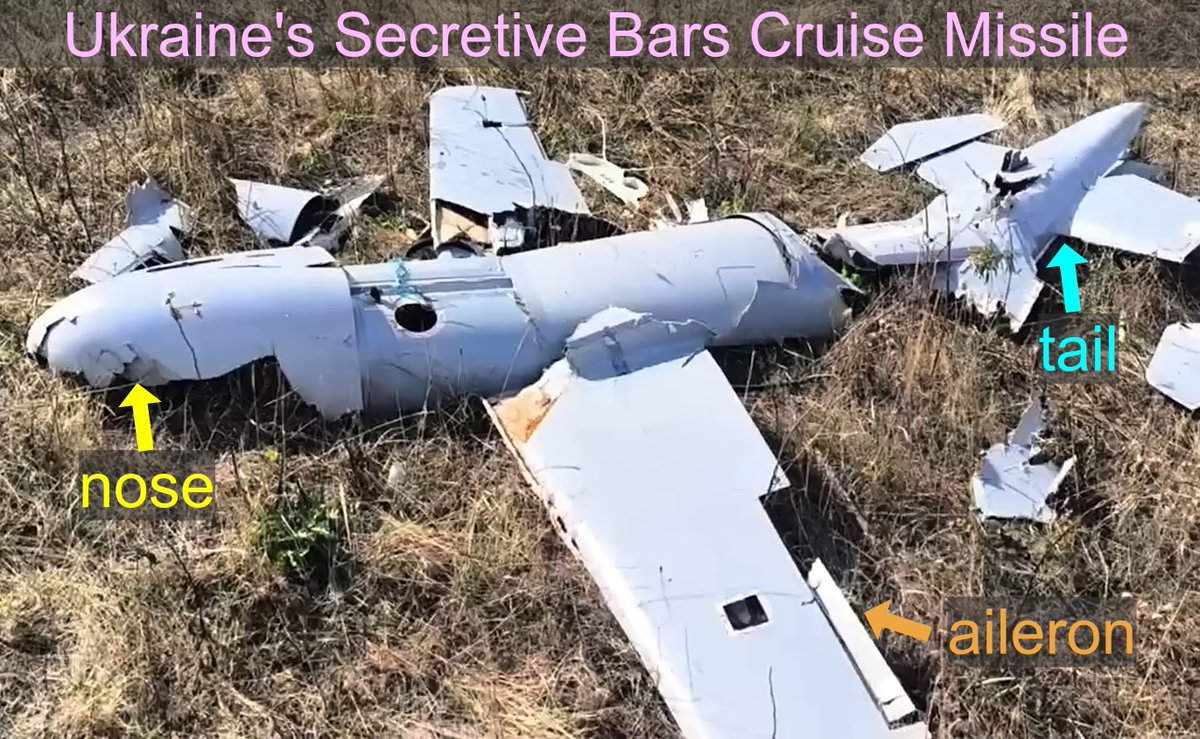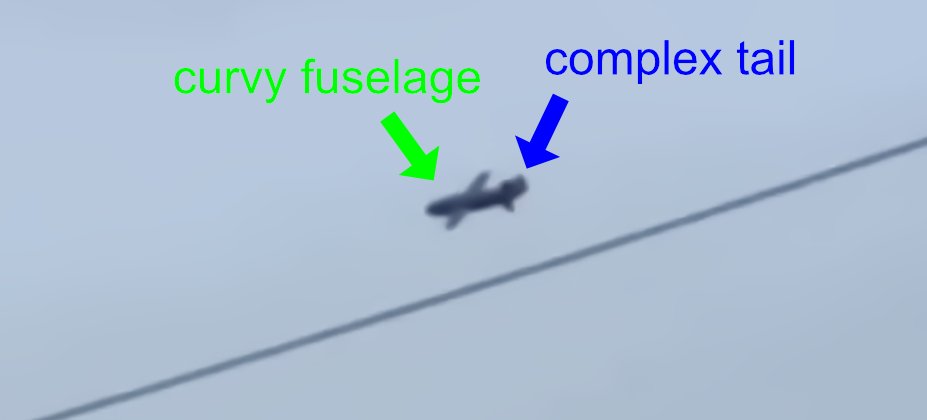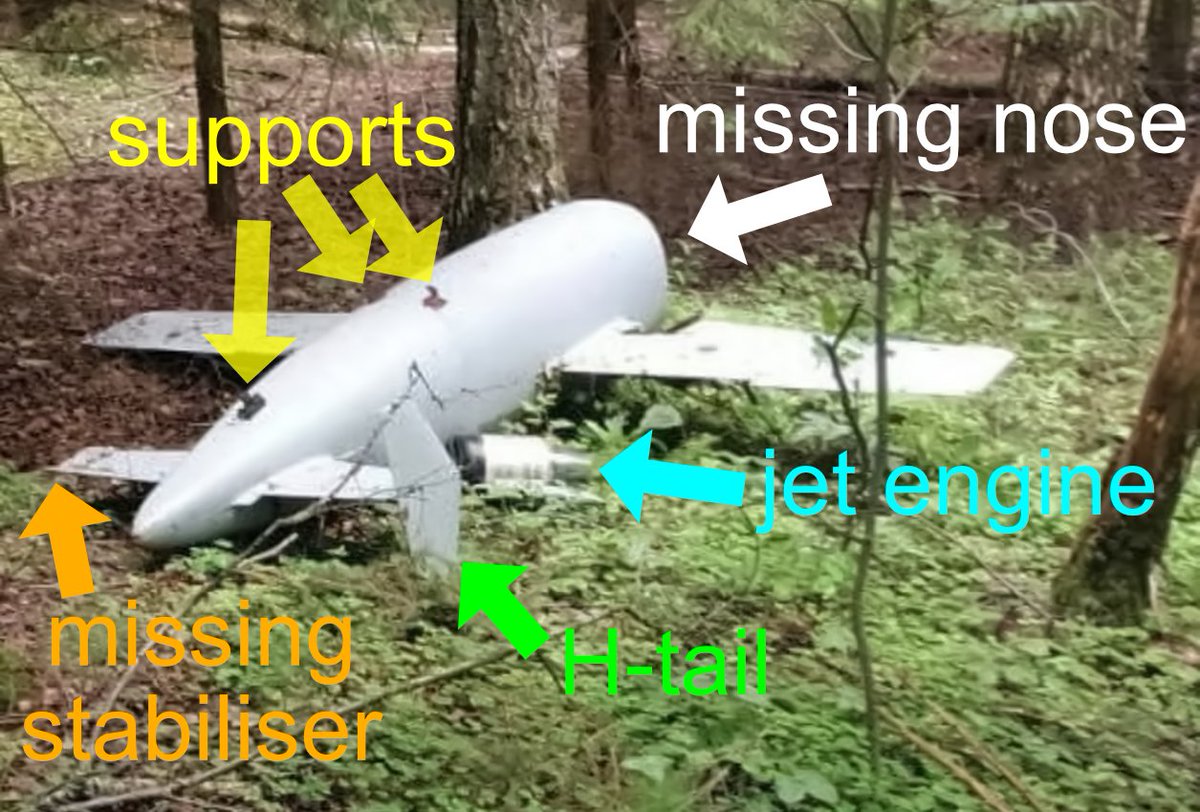1. Why is a russian soldier very happy to receive an 8-year-old NanFang 150 cc motorcycle? The answer has a lot to do with #drones and why speed matters. 

2. In #Ukraine, armed drones are deployed by the thousands, and constantly attack vehicles & soldiers. Without costly electronic countermeasures, small drones are difficult to defend against. 

3. These drones are mostly repurposed hobby-grade toys that were never intended for this application. For combat, they have to carry a heavy munition & heavy battery many km, and then chase down a target. All that weight limits its top speed to about 100 km/h. 

4. Large, slow-moving vehicles like this russian beauty are easy prey for FPV drones. FYI, this is a UAZ-39094, which is a truck variant of the more common Loaf van. It has 112 HP and is unlikely to be very fast when loaded. At least 20 of these have been destroyed in Ukraine. 

5. Off-road motorcycles have become popular with both sides in Ukraine because these bikes are small & fast. Here, one lucky russian is using a 250 cc (enduro?) motorcycle. Two other russians have scooters (with street tires) that will not last long. 

6. Most of the russian soldiers’ motorcycles are donated like the bikes shown here. These ones are decent and have a top speed of 140 km/h, which in principle is fast enough to outrun most FPV drones. But there are nuances. 

7. Larger vehicles are quickly destroyed by drones so russians are using motorcycles to transport fairly heavy loads including water and ammunition. This weight will make the bikes much harder to drive at speed. (Transporting ammunition in a water bottle is an interesting idea.) 

8. Sometimes the loads are very heavy like carrying two mortar rounds. It would be really difficult to maintain speed with this load. Even then, two rounds are not very much ammunition. Using motorcycles for logistics also requires many trips. 
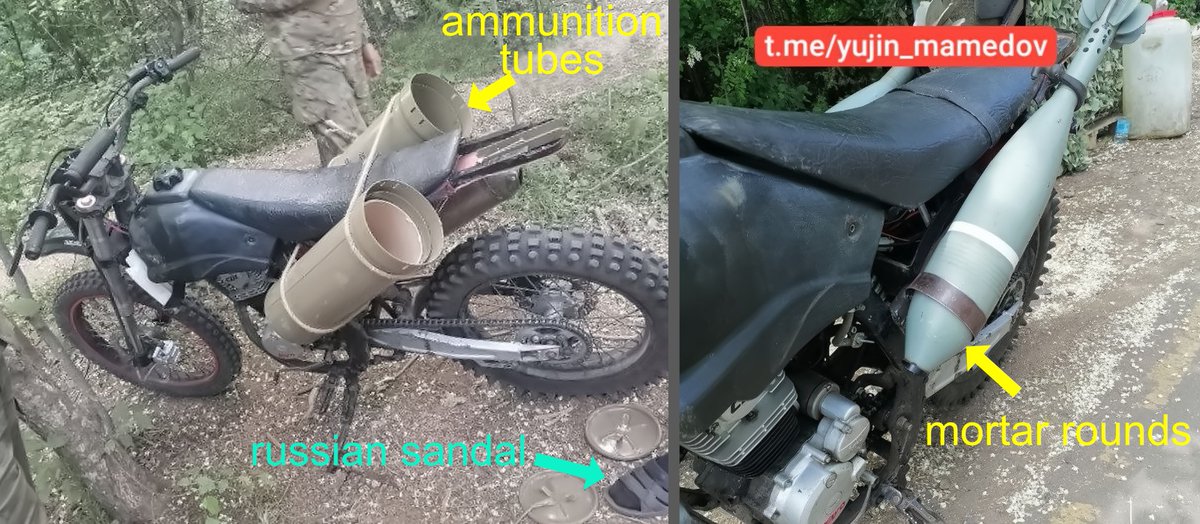
9. The roads are often extremely rough as shown by these 3 frames taken from a russian video. There are a lot of burned russian vehicles and debris. When wet, this road will be muddy and almost impossible for motorcycles. 

10. Bikes are also fairly fragile, easily damaged but not easy to fix. This one (a Chinese-made Champ) was damaged by a small anti-personnel mine. Spare parts & maintenance for these in a warzone will be difficult. 

11. The russians also use motorcycles on the frontline for assaults. Here, a russian with a gun has a new (likely donated) motorcycle. This bike is made by Racer who assembles these in russia from random imported parts. Top speed is listed as 120 km/h. 

12. This photo gives an idea of how well motorcycles work for russian assaults. Notice how the 22 burned motorcycles are clustered around armoured vehicles, like the riders were trying to find cover. Travelling tightly grouped with slower-moving armour seems a bad idea. 

13. As mentioned, motorcycles are easily damaged, and with that goal Ukraine has been using drones to place small mines. Because these mines are small, a single drone can drop several along a road. 

14. In principle, motorcycles are fast enough to outrun a FPV drone. However, this requires a skilled rider. There are many videos where the rider did not or could not ride fast enough. Here is an image from a FPV drone that chased down a motorcycle. 

15. Perhaps most of the russian’s motorcycles are donated. Many of these, like the street bikes shown here, are wildly unsuitable for the terrain. These bikes would be almost unrideable in loose dirt & mud. (If you recognise this model of bike, please comment.) 
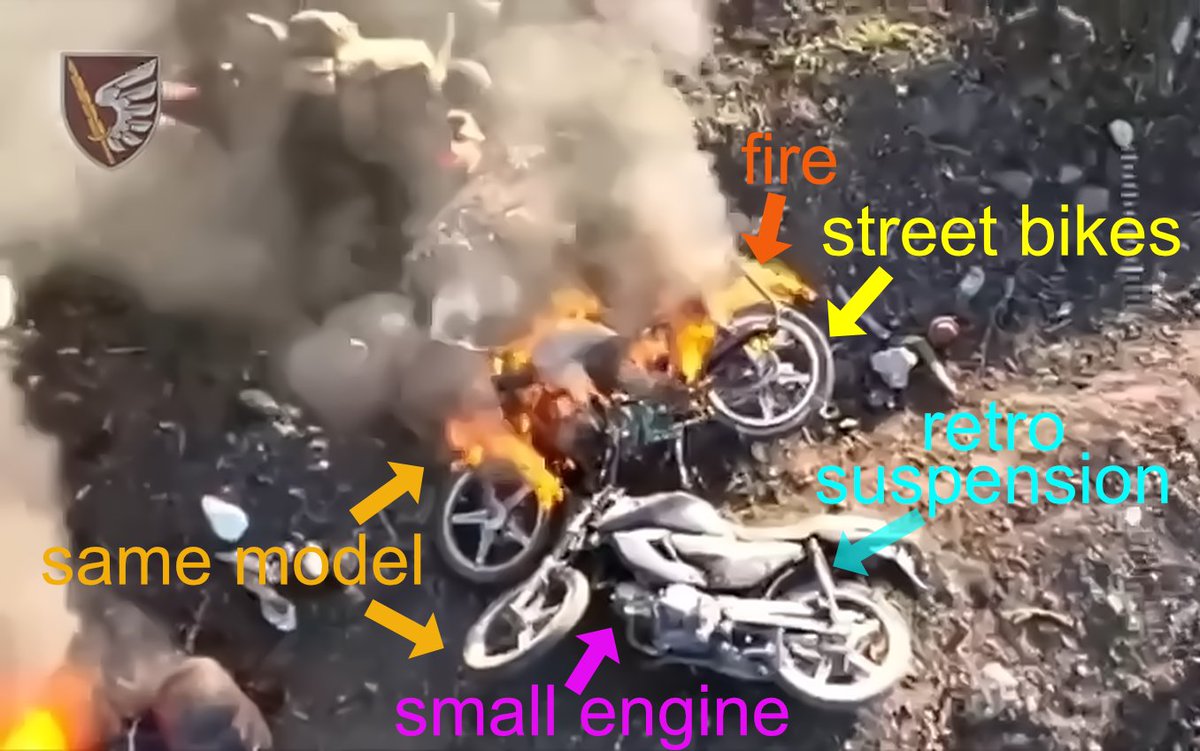
16. How did the happy rider in #1 fair? His NanFang 150 -5A had a top speed (when new) of 90 km/h, so perhaps not so well. Speaking of unlucky, it sure looks like the russian soldier in this photo is riding a kid’s dirt bike. 

17. In summary, outrunning a drone is possible but hard. If you found this thread useful, please repost as a quote. Respectful comments are welcome. Also consider reading my previous threads listed under “Highlights”.
PS, if you know what is in these pails, please comment.
PS, if you know what is in these pails, please comment.

• • •
Missing some Tweet in this thread? You can try to
force a refresh


